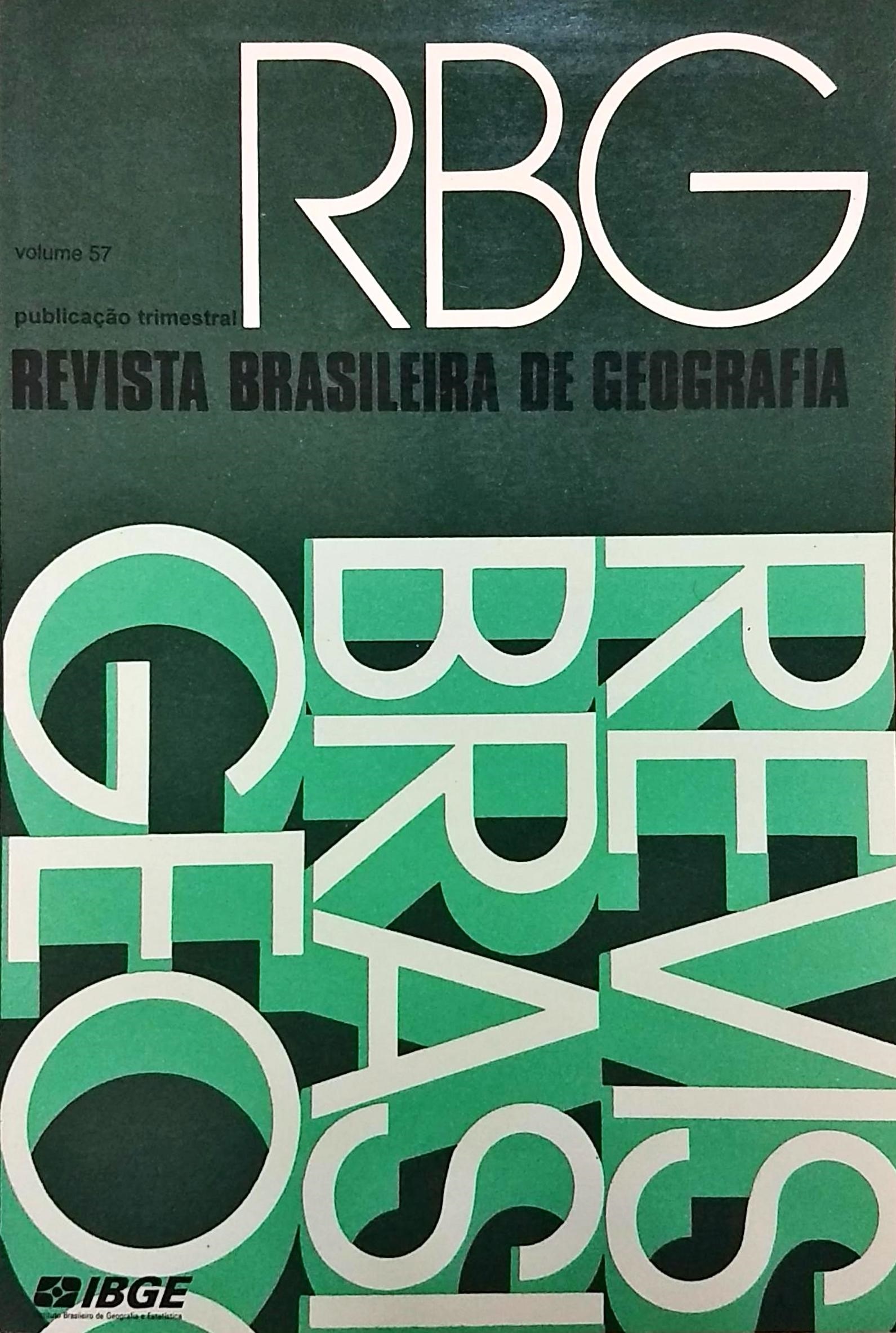Espaço sagrado : o exemplo de Porto das Caixas, Baixada Fluminense
Keywords:
Porto das Caixas - Itaboraí, RJ, Rio de Janeiro – Estado, Baixada Fluminense – RJ, Espaço sagrado, Religião e geografia, Santuários, Peregrinos e peregrinaçõesAbstract
Porto das Caixas é um espaço sagrado do catolicismo popular da Baixada Fluminense. A pesquisa se insere na Geografia da Religião, aborda teoricamente o papel do sagrado e do profano na organização espacial do lugar. A Vila de Porto das Caixas apresenta uma forma singular de integração à Região Metropolitana do Rio de Janeiro, através da peregrinação que, desde 1968,converge ao Santuário de Jesus Crucificado.
A questão central é desvendar a organização espacial do lugar sagrado, reconhecendo a relação da gênese e a dinâmica da peregrinação em seu contexto global. O estudo das hierópolis ou centros religiosos se preocupa com o espaço sagrado e sua recriação pela pulsação rítmica sistemática que ocorre a cada tempo sagrado. O agente modelador do espaço é o romeiro que representa simultaneamente o produtor e o consumidor do sagrado no espaço.
Considera-se o milagre ocorrido em 1968 como marco do fim de uma fase e o início de outra em Porto das Caixas. Na primeira fase, o núcleo urbano caracterizou-se por ter sido um ativo porto fluvial que, com a ferrovia, entrou em decadência. O milagre ressuscitou a então decadente vila.
O estudo analisa a estrutura social dos romeiros e daqueles que participam das atividades comerciais vinculadas ao sagrado.
- Abstract:
Porto das Caixas is the sacred space of the Baixada Fluminense (State of Rio de Janeiro Lowlands). This research inserts itself in the Geography of Religion. To make it, we theoretically reconstructed the role of the sacred and profane in the spatial organization of the place site, that presents a singular form of integration to the Metropolitan Region of Rio de Janeiro, through the pilgrimage that, since 1968, converges to the Sanctuary of the Crucified Jesus of Porto das Caixas.
The central question is to disclose the Geography of the sacred place, recognizing the relation of genesis and dynamics of the pilgrimage in its global context. The study of the hierapolis and sanctuary-cities concerns the production of sacred space and its re-creation by the rhythmic and systematic pulsation which occurs at each sacred time. The modeling agent of space is the pilgrim, who simultaneously represents the producer and the consumer of the sacred in space.
It is considered the miracle occurred in 1968 as a benchmark of the end of a period and the beginning of other. In the first period Porto das Caixas was a river port which functions were blighted with the railroad. The miracle reborn the small urban place.
The study considers the social structure of pilgrims and of those concerned to commercial activities related to the sacred.






